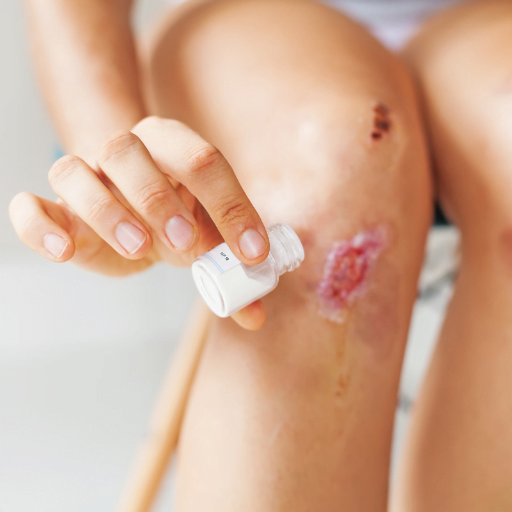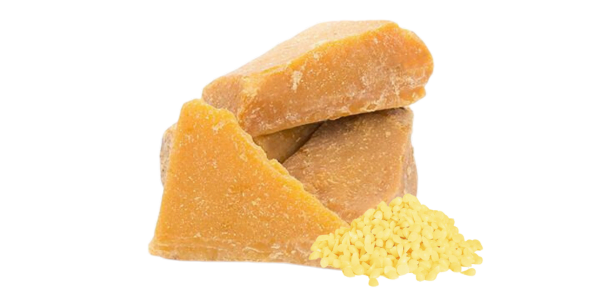Beeswax, also known as Cera Alba, is a natural substance produced by honeybees (Apis mellifera) through the secretion of wax glands on their abdomen. This versatile and valuable product has been treasured for centuries for its various uses in different industries.
In the production of candles, beeswax is highly prized for its exceptional qualities. With a high melting point and slow-burning nature, its candles emit a pleasant, natural fragrance without the need for added scents or chemicals. They burn longer than traditional candles, making them a popular choice for candle enthusiasts.
It is also used in skincare and cosmetic products. Its natural emollient properties make it an excellent ingredient in lip balms, lotions, creams, and ointments. When applied to the skin, beeswax forms a protective barrier that helps retain moisture and soothes dry, chapped skin.
Besides its cosmetic uses, Cera Alba plays a vital role in various industries. Its binding and waterproofing properties make it a common component in polishes for furniture, shoes, and leather goods. In traditional art, it is used for encaustic painting, creating beautiful and durable works of art.
Product Details
| Overview | |
|---|---|
| Product Name | Beeswax |
| Scientific Name | Cera Alba |
| Common Name | Madhuchista |
| Type | Dried |
| Form Factor | Whole |
| Supply Ability | 5000Kg per week |
| Supplier | Arizone International LLP |
| Country of Origin | India |
| Delivery Time | Depend upon your location. |

Promote Relaxation
When scented with natural essential oils, it can provide aromatherapy benefits, promoting relaxation and reducing stress.

May Alleviate Muscle Pain
Cera Alba-based balms and salves are used to alleviate joint and muscle pain, offering a warming effect and pain relief.

Help Avoid Lip Dryness
It is commonly used in lip balms and lip care products to moisturize and protect the lips from dryness and cracking.

Support Wound Healing
Due to its antibacterial properties, it can aid in wound healing by preventing infection and promoting tissue repair.

Helps Retain Moisture
It is an excellent emollient that helps retain moisture, making it beneficial for dry and chapped skin.

May Protect Skin
The wax forms a protective barrier on the skin, shielding it from environmental pollutants and harsh weather conditions.


